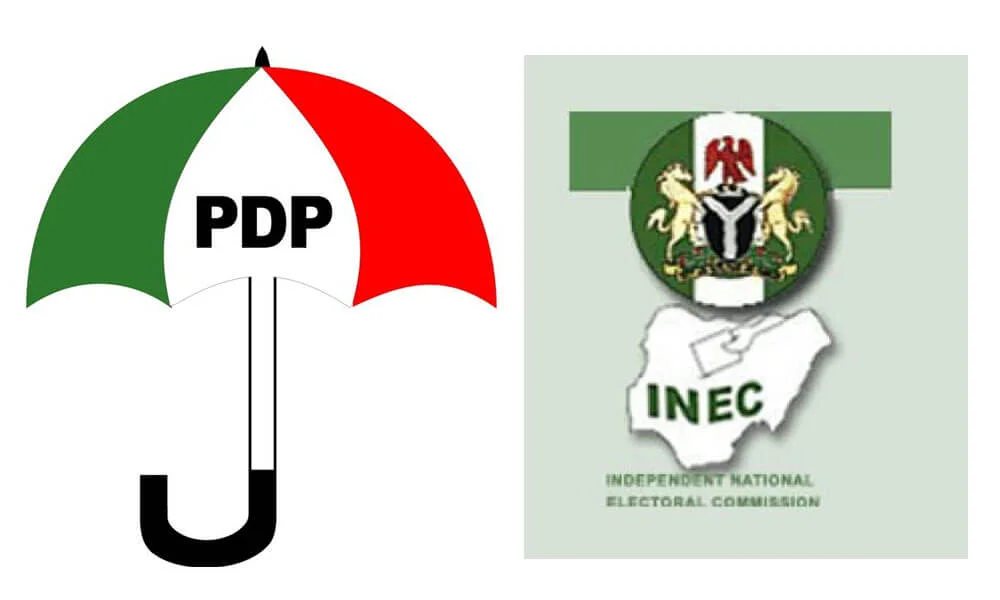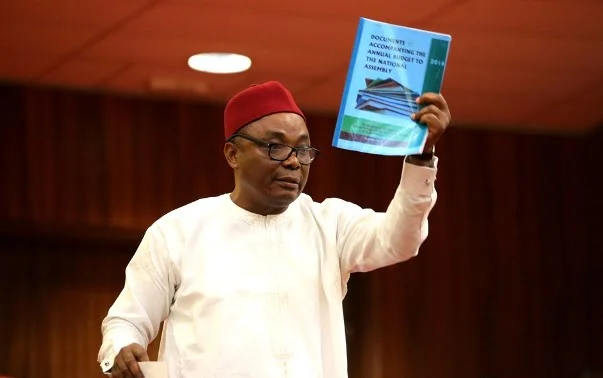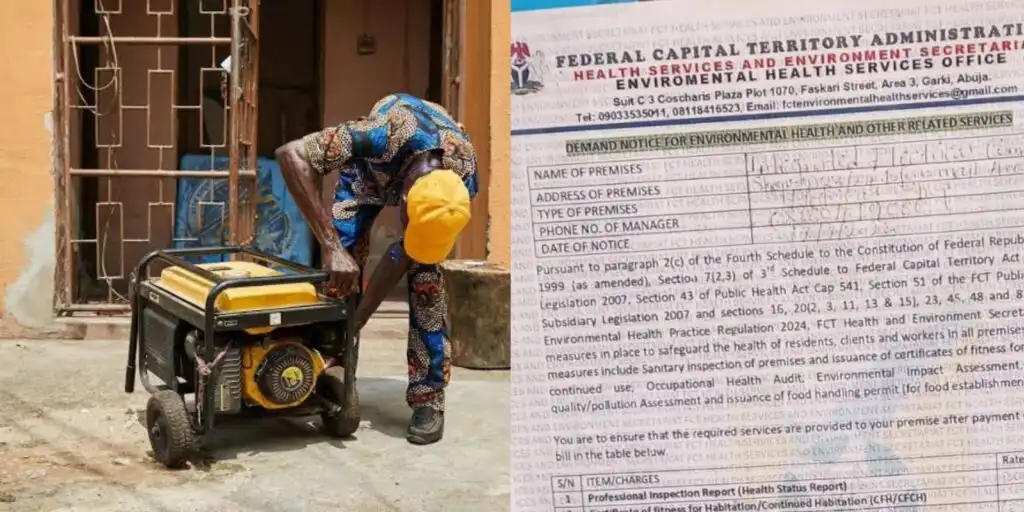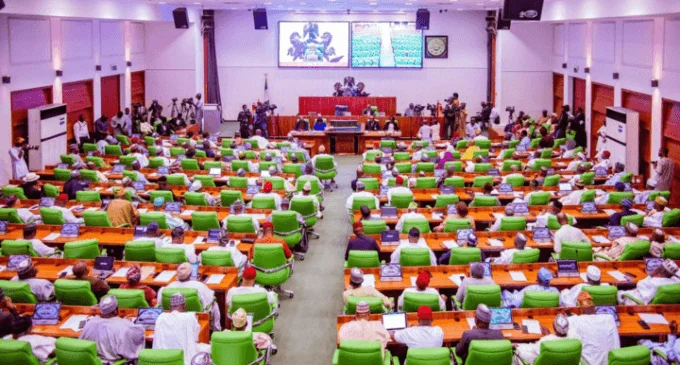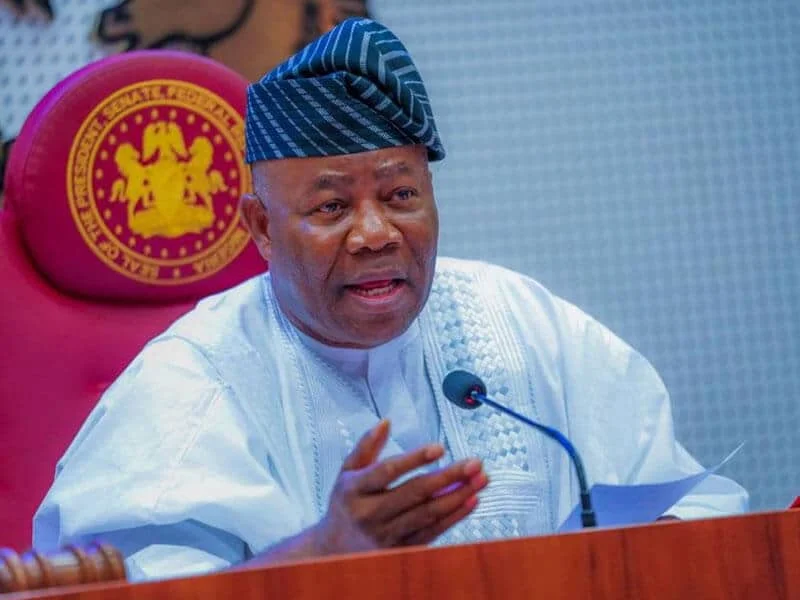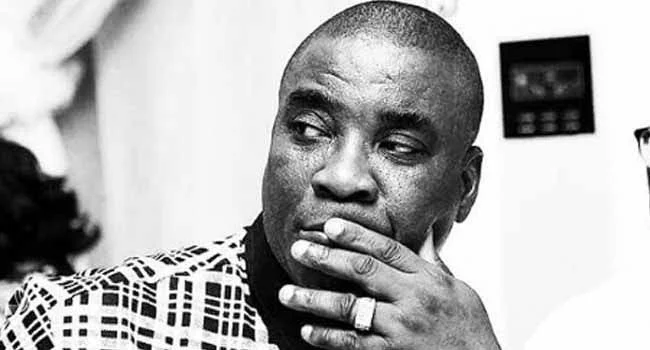In 2024, the total debt of Nigeria’s 36 states fell sharply by 32.3%, from ₦5.86 trillion in 2023 to ₦3.97 trillion. This dramatic reduction highlights a growing trend among state governments toward tighter fiscal management, increased budget discipline, and exploration of alternative funding models to ease mounting economic pressures.
Nevertheless, not every state joined the trend. Some embraced debt as critical to advancing ambitious infrastructure programmes, while others continued to wrestle with legacy financial obligations.
Top 10 Most-Indebted States in 2024: Winners and Laggards
10. Enugu – ₦119.3 billion (↑29.4%)
Contrary to the national trend, Enugu boosted its borrowing by nearly 30%, rising from ₦92.2 billion in 2023. The surge supports Governor Peter Mbah’s ₦521.5 billion capital‑expansion budget. With ₦414.3 billion earmarked for roads, schools, healthcare, water supply, and power, Enugu issued ₦71 billion in domestic bonds and ₦32.8 billion in foreign loans. While these investments may spark growth, analysts warn the pace and transparency require close scrutiny.
9. Akwa Ibom – ₦122.2 billion (↓35.9%)
As an oil-producing state, Akwa Ibom leveraged robust FAAC allocations in 2024 to reduce its debt from ₦190.5 billion. By using improved oil revenues wisely, the state repaid loans and maintained fiscal discipline, leading to an impressive 36% decline.
8. Benue – ₦122.6 billion (↓34.5%)
Benue also achieved a significant debt reduction, dropping from ₦187.2 billion the previous year. Analysts credit consistent internal revenue boosts and prudent spending that align with national efforts for long-term debt sustainability.
7. Imo – ₦126.1 billion (↓41.9%)
Imo achieved one of the steepest drops in state debt—cutting it from ₦217.1 billion. That success stems from aggressive IGR growth (from ₦400 million in 2020 to an estimated ₦4 billion by 2025), refined tax strategies, and rolling over short-term loans into long-term, low-interest bonds.
6. Niger – ₦140.7 billion (↑0.7%)
Niger State held its debt relatively steady, rising marginally. Its modest increase funds urban renewal projects in Minna and the Bida Ring Road while avoiding high-interest borrowing and favouring concessional lending.
5. Bauchi – ₦144.0 billion (↓10.5%)
Under a “budget of consolidation,” Bauchi prioritised capital completion and limited fresh borrowing. With ₦178 billion of its ₦300 billion budget dedicated to capital expenditure, and careful legislative oversight of ministries and agencies, the state effectively reduced its debt load.
4. Delta – ₦199.6 billion (↓46.6%)
Delta executed one of the most aggressive repayment campaigns—clearing over ₦130 billion in inherited debt. A new Medium-Term Debt Strategy shut off commercial borrowing and reframed loans toward concessional options, marking a decisive turn toward financial stability.
3. Ogun – ₦211.9 billion (↓24.0%)
Ogun’s steady debt reduction reflects a deliberate shift: leveraging IGR growth (from taxes and digital collections) to refinance existing loans and reduce dependence on fresh borrowing. With a projected IGR of ₦240 billion, the state continues attracting investor attention.
2. Rivers – ₦364.4 billion (↑56.7%)
Post-election capital ventures in Rivers state drove its debt up over 50%, fueled by its high IGR (121% of operating expenses). However, analysts caution that repayment signals and economic returns must materialize to justify this heavy spending.
1. Lagos – ₦900.2 billion (↓14.2%)
Lagos remained the most indebted state by amount, but successfully reduced its debt from ₦1.05 trillion. Mayor Babajide Sanwo‑Olu defended this, citing IGR over ₦500 billion and a debt-to-revenue ratio of 28–29%, well below the 40% threshold. He positioned borrowing as strategic investment fuelled by robust repayment capacity, use of PPPs, long-tenor bonds, and sound Medium-Term Expenditure frameworks.
What Fueled the Nationwide Debt Decline
-
Fiscal Prudence: Many states prioritized IGR over new loans, strengthened expenditure controls, and initiated bond refinancing to cut costs.
-
Currency Pressures: The depreciating naira discouraged foreign borrowing, making domestic funding more attractive.
-
Alternative Financing: Greater uptake of PPPs and multilaterally backed concessional funding eased debt burdens.
-
Debt Strategy Implementation: States like Delta, Ogun, Imo, and Bauchi organized formal debt sustainability frameworks and repayment strategies.
According to data, total domestic subnational debt fell by ₦1.89 trillion in 2024—a rare and significant correction.
CBN and Bank Lending to Subnationals
Independent reports show combined bank and CBN exposure to subnational entities rose to ₦4.09 trillion by December 2024—a slight 2.7% dip from ₦4.20 trillion. Exposure to commercial banks decreased by ₦233 billion, while reliance on the CBN rose. This suggests states turned more toward central bank financing as commercial credit became constrained.
Regional Debt Patterns and External Borrowing
In Q2 2024, external borrowing comprised about 47% of all state debts. Lagos led in both domestic and external debt, followed by Rivers; Jigawa and Yobe ranked as the least indebted states. States like Kaduna also displayed high external debt ratios, increasing foreign debt exposure and raising currency risk warnings .
The Stakes: Benefits vs Risks
Benefits of Responsible Debt Cuts
-
Boosted Fiscal Space: More funds for social and capital projects.
-
Market Confidence: Ratings agencies reward disciplined borrowers with lower risk premiums.
-
Room for Growth: Responsible states can invest in infrastructure, competitiveness, and service delivery.
Risks of Continued Borrowing
-
Rivers & Enugu Strategy: Their elevated borrowing bets on post-project returns—but they risk crowding out other budget needs.
-
Currency Vulnerability: External debts expose states to exchange rate swings.
-
Repayment Capacity: Debt ratios rising above 40% revenue warn of budget stress if revenue declines or loans underperform.
What Comes Next for States and Investors
-
Ongoing Monitoring: Continuing debt reviews will help spot fiscal stress early.
-
Debt Strategy Rollouts: States need robust Medium-Term Debt Strategies backed by transparent debt disclosure.
-
Expand PPP Use: Launched responsibly, PPPs can relieve state funding pressures and spur private-sector synergies.
-
Cap External Borrowing: States must align foreign loans with matching FX revenue or built-in hedges to avoid volatility.
Broader Economic Implications
The subnational debt movement sets a positive tone for Nigeria’s broader stability. States that combine revenue strength with disciplined spending can offset federal fiscal challenges. However, rising external debt among some states underscores structural vulnerabilities, especially from currency risk and slower revenue growth.
Fiscal researchers caution that debt sustainability remains fragile without cohesive governance. Nigeria’s macroeconomy depends heavily on oil income and weak tax structures—creating cyclical tensions. A coordinated effort across all government levels is essential to instill long-term financial discipline .
In Summary
2024 marked a record subnational debt reduction—with seven of the top ten indebted states slashing liabilities through enhanced internal revenue, restructuring, and fiscal discipline. Lagos, Imo, Delta, Ogun, Bauchi, Benue, and Akwa Ibom lead the charge, while Rivers and Enugu chose aggressive investment routes.
The coming years will test whether these investments pay off, underlining the need for transparency, revenue-driven strategies, and national coordination to uphold fiscal health. For lenders, investors, and policymakers, these state-level debt trends offer critical insights into Nigeria’s evolving financial landscape—and signal where confidence and caution should converge.


